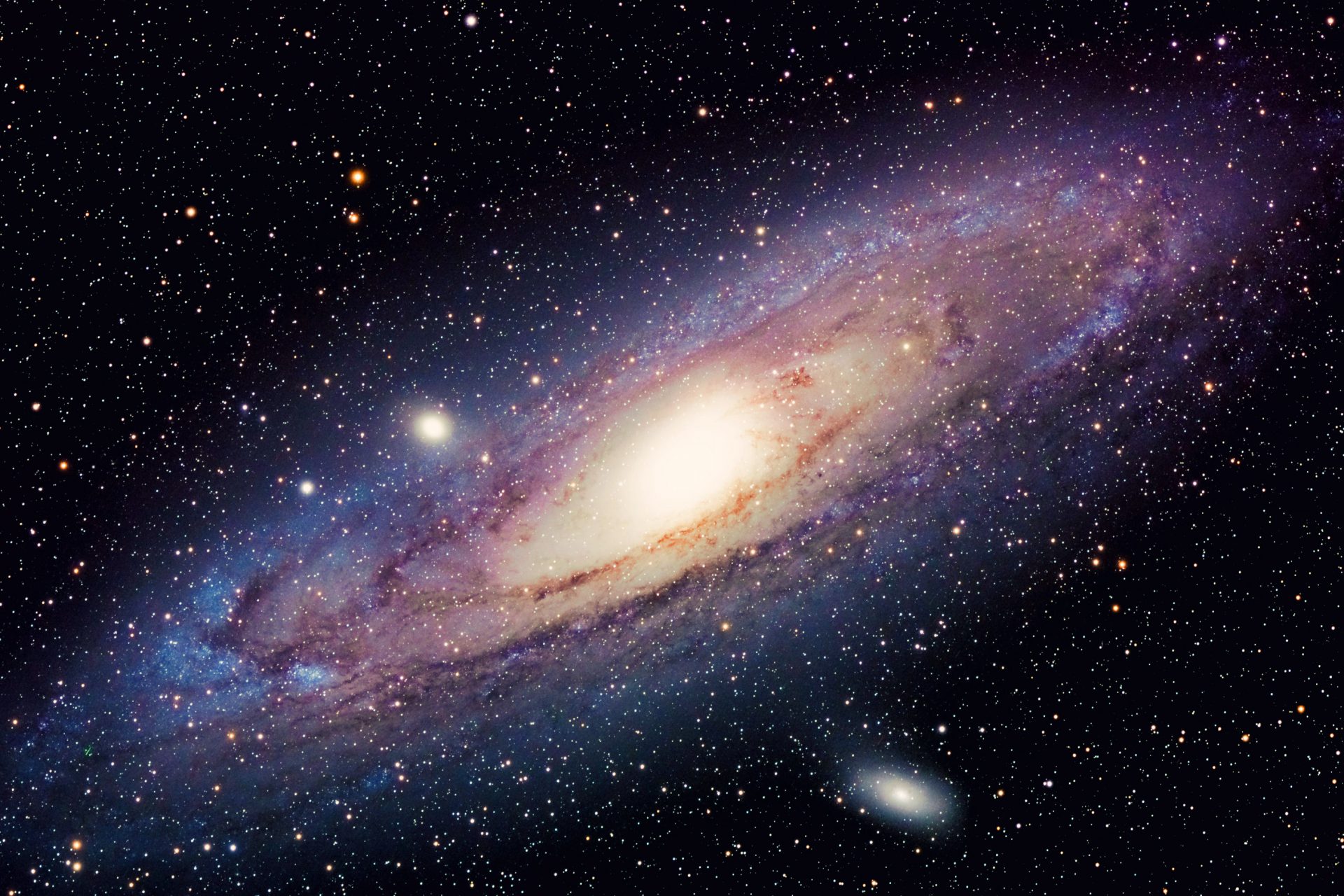New study reveals the Milky Way’s mass isn’t what we thought it was
New data from the European Space Agency’s Gaia satellite catalog has discovered that the Milky Way is a lot smaller than astronomers previously thought. But how will this fact change what we know about our galaxy? Let’s find out!
Determining the size of our galaxy has never been an easy task for scientists according to Universe Today, which compared attempts to measure the Milky Way’s mass to a cell in your body trying to measure your body’s total mass.
However, despite the difficulty involved in making estimates about the mass of our galaxy, a group of researchers using the latest available data from the European Space Agency have estimated the Milky Way’s mass in a new study.
The researchers published their study in the journal Astronomy and Astrophysics but in order to understand just how groundbreaking the work is you must first understand how astronomers measure the mass of galaxies.
Measuring the mass of foreign galaxies is a rather easy task since we have the ability to look at their rotation curve. Astronomers can look at the speed of a star in any particular galaxy and measure its distance to the galactic center.
Universe Today explained that by looking at the speed of orbiting stars, and how far they are from their galaxy’s center, we can determine the amount of mass in that star's orbit and then calculate the total mass of the galaxy.
“The speed at which a star orbits is proportional to the amount of mass within its orbit, so from a galaxy’s rotation curve you can map the function of mass per radius and get a good idea of its total mass,” Universe Today’s Brian Koberlien wrote.
Koberlien added that this method has been used to calculate the mass of other galaxies like the Andromeda Galaxy, so we know the nearby galactic masses well. However, we can’t measure our galactic mass in this way since we’re inside our galaxy.
Because we’re inside of the Milky Way, astronomers can’t get a proper view of the stars throughout our galaxy and that makes calculating our galaxy's mass through its rotation curve nearly impossible. So we’ve had to turn to other methods.
Researchers use neutral hydrogen measurements to calculate the Milky Way’s rotation curve but this method isn’t as accurate as tracking star orbits. scientists have also used globular clusters that orbit the galaxy and this method along with the other above has given us a rough idea of our galaxy's mass.
The Milky Way’s mass has been estimated to be roughly a trillion solar masses but this is far bigger than the new estimates proposed by researchers, which used information from the Gaia satellite’s third release to make a more accurate estimate.
PsyOrg broke down the complicated science and explained that the study used the new data to track the position of 1.8 billion stars and the motion of 1.5 billion stars in order to estimate the Milky Way’s rotation curve based on star orbits.
Researchers were able to construct the most accurate rotation curve that has ever been produced for a spiral galaxy, which was its own, and from that calculation, they were able to come up with a more accurate estimate of our galaxy’s mass.
Universe Today noted the rotation curve developed by the researchers was so accurate that it was able to identify the Keplerian Decline, this is the region of our galaxy in which stellar speeds drop off since nearly all galactic mass is closer to the galaxy's center.
The total mass of the Milky Way was found to be two hundred billion times the mass of the sun, which means that our galaxy is four to five times smaller than we had originally believed PhysOrg reported. This difference has important cosmological implications.
“Given the amount of known regular matter in the galaxy, this means the Milky Way has significantly less dark matter than we thought,” wrote Brian Koberlien, which will have to be taken into account as astronomers move forward.
More for you
Top Stories





























